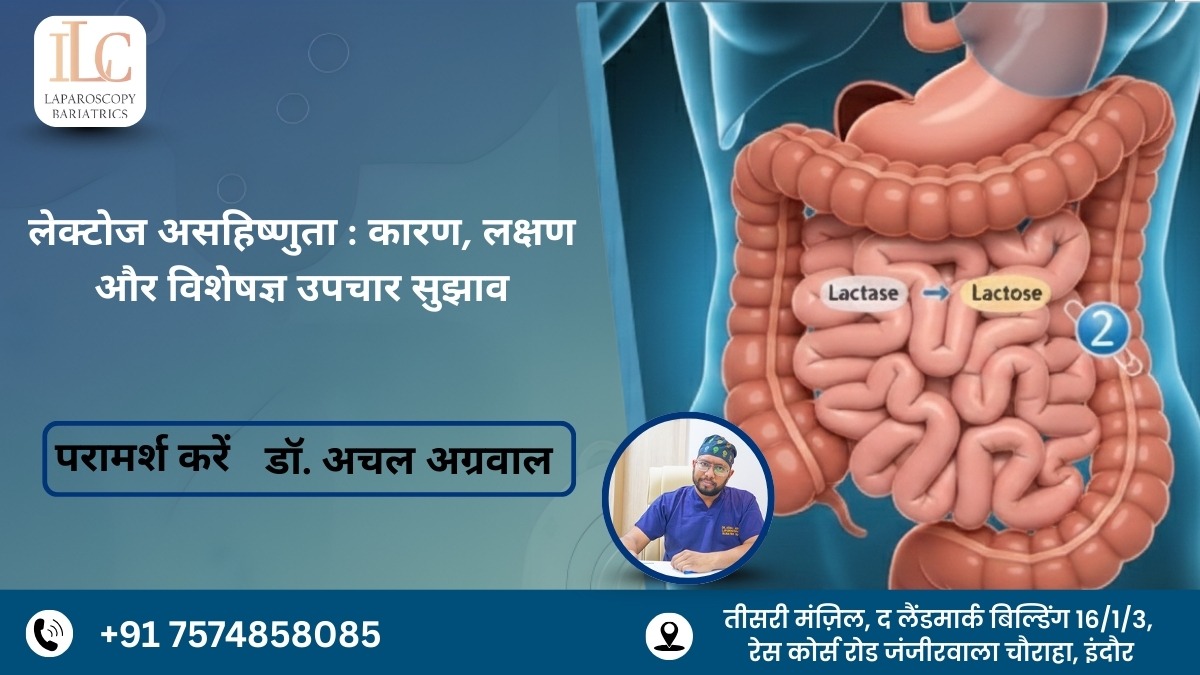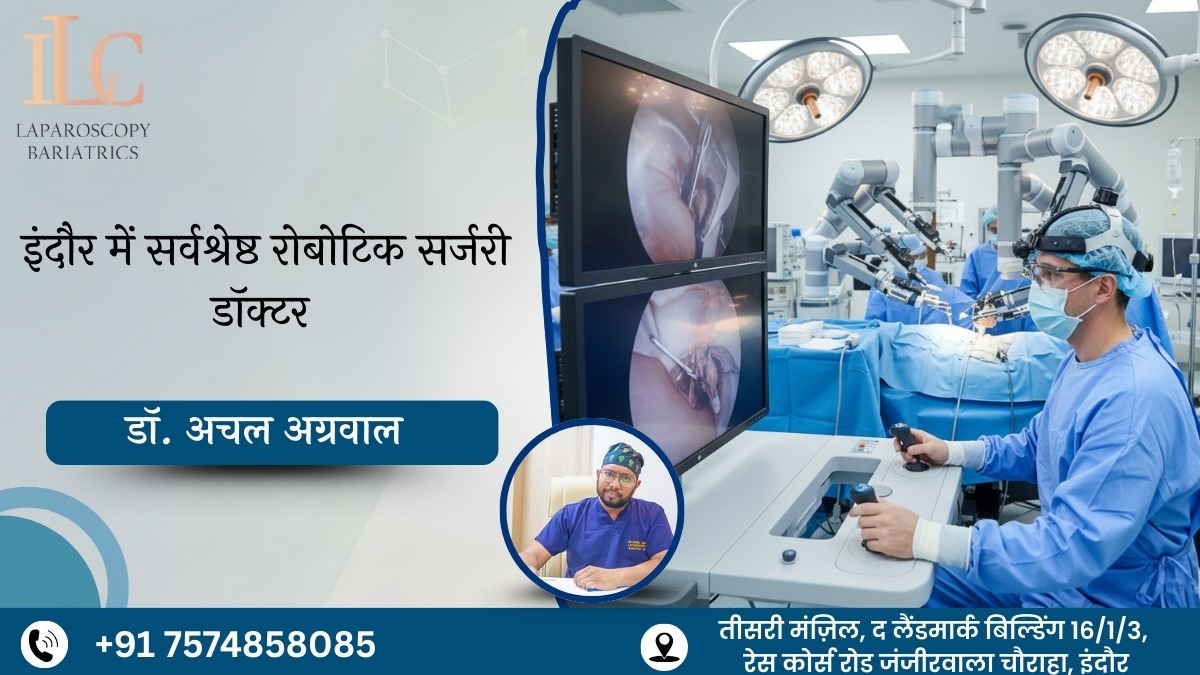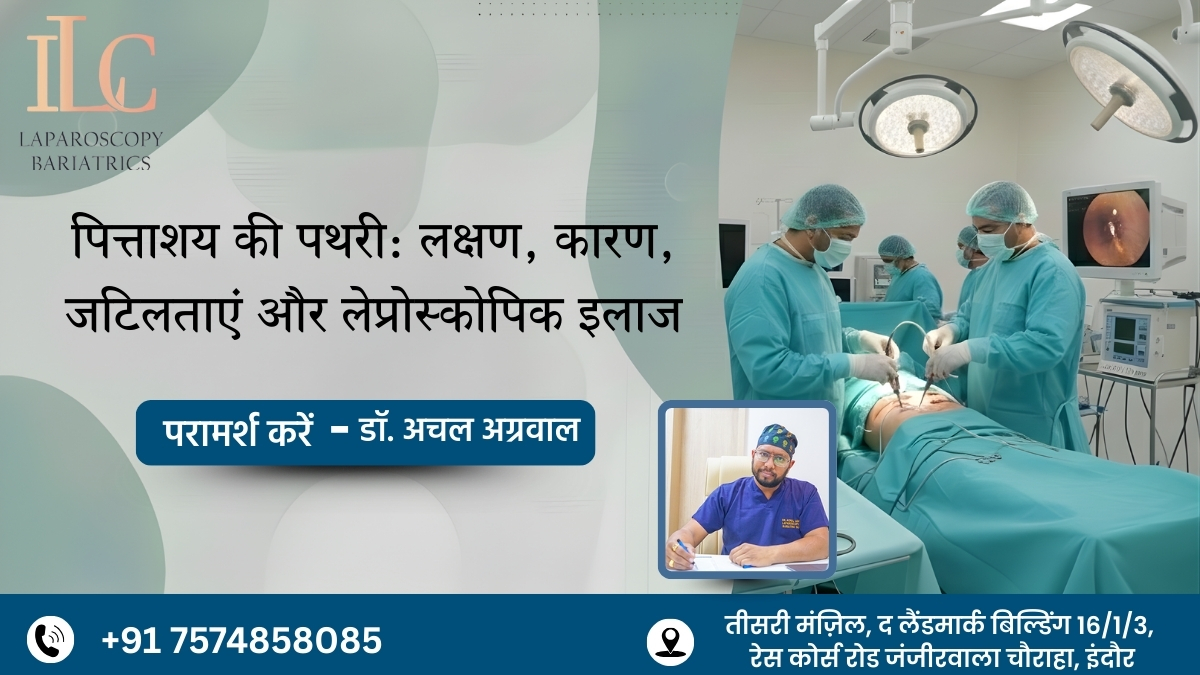Achalasia Cardia is a rare but difficult syndrome in which the lower esophageal sphincter (LES) fails to relax adequately, resulting in difficulties swallowing and other unpleasant symptoms.
And effective Achalasia Cardia Treatment is critical for alleviating symptoms and enhancing quality of life. Now, we will look at how Achalasia Cardia is identified and the many treatment options available.
How is Achalasia Cardia Diagnosed?
Diagnosing Achalasia Cardia involves a few key procedures:
- Endoscopy: For this test, a thin, malleable tube with a camera attached is softly moved through your mouth. It helps your doctor inspect your esophagus and stomach for any issues that are possibly causing the symptoms.
- Manometry: This test measures pressure and movement in the esophagus, providing particular information on how effectively the LES functions. It is critical for identifying Achalasia Cardia.
- Barium Swallow Study: This test involves drinking a barium solution, which coats the esophagus and makes it visible on X-rays. This can help discover blockages or abnormalities that could be causing achalasia cardiac symptoms.
Achalasia Cardia Treatment Options
Several treatments might be considered for the treatment of Achalasia Cardia, according to the seriousness of the problem and the patient’s condition in general.
1. Medications
- Nitrates and Calcium Channel Blockers: These medications can relax the LES, making it easier to consume. This is merely a temporary option for Achalasia Cardia Treatment.
- Botulinum Toxin (Botox) Injection: These injections are administered directly into the LES, momentarily paralyzing the muscle and relieving discomfort. If you do not want to have surgery for achalasia cardia, there is an alternative therapy.
2. Pneumatic Dilation
Pneumatic dilation is a prevalent and successful treatment for Achalasia Cardia that involves introducing a balloon into the esophagus to expand the LES, which provides long-term comfort but has the potential for consequences.
3. Surgical Options
For Achalasia Cardia Treatment, surgical options like Heller myotomies and fundoplication are effective. Heller myotomy involves cutting the LES to ease swallowing, while fundoplication helps prevent reflux by wrapping the stomach around the esophagus.
4. Lifestyle and Dietary Changes
Certain lifestyle and dietary adjustments might also be advantageous as part of your Achalasia Cardia Treatment strategy.
- Eat smaller, more frequent meals to make swallowing simpler and prevent pain.
- Chew food thoroughly. Mastication helps digestion and allows food to flow more easily.
- Drink plenty of fluids: Liquids can assist move food past the esophagus, making swallowing easier.
Ongoing Care and Monitoring
For the best outcomes with Achalasia Cardia Treatment, regular follow-ups with a gastroenterologist are essential.
These appointments allow us to keep track of your condition, alter therapies as needed, and verify that your Achalasia Cardia management strategy is effective. Endoscopies, manometry tests, and other tests for diagnosis may be part of a regular assessment.
Achalasia Cardia offers unique problems, but with the correct treatment, symptoms can be effectively managed and your quality of life improved. Whether you opt for drugs, pneumatic dilation, surgery, or lifestyle changes, a personalized approach with your healthcare team can help you identify the most successful plan for your unique needs.
Contact Our Achalasia Cardia Specialist Doctor in Indore
Call Us:- +91-9171770805









